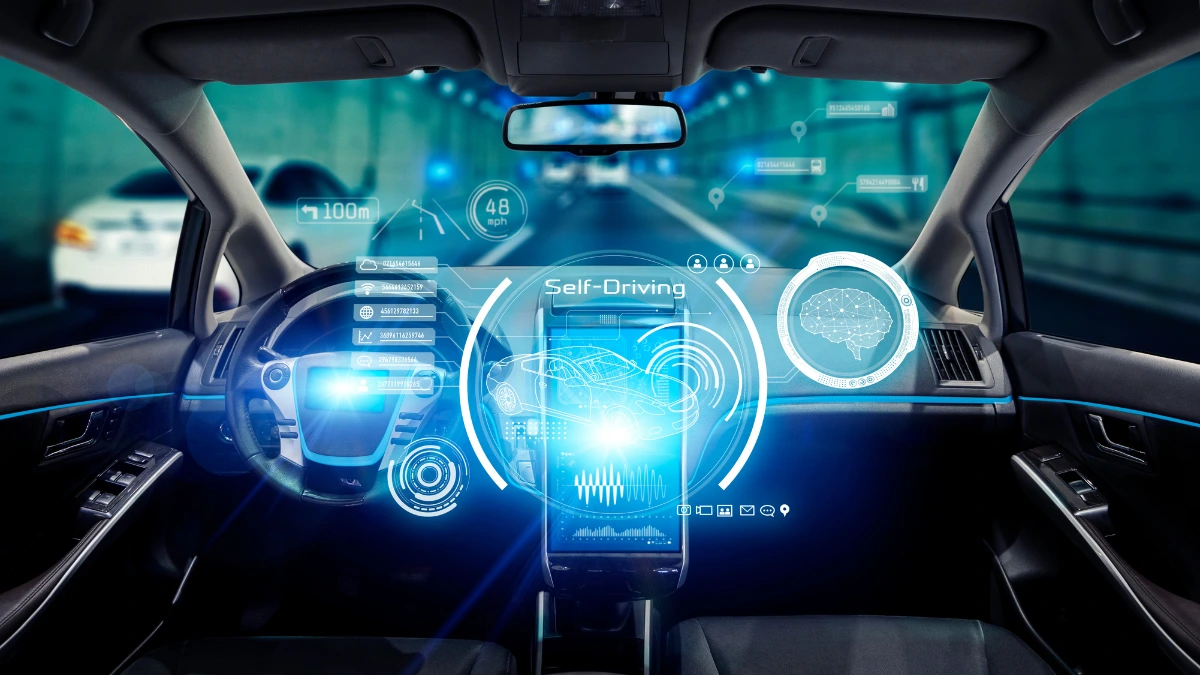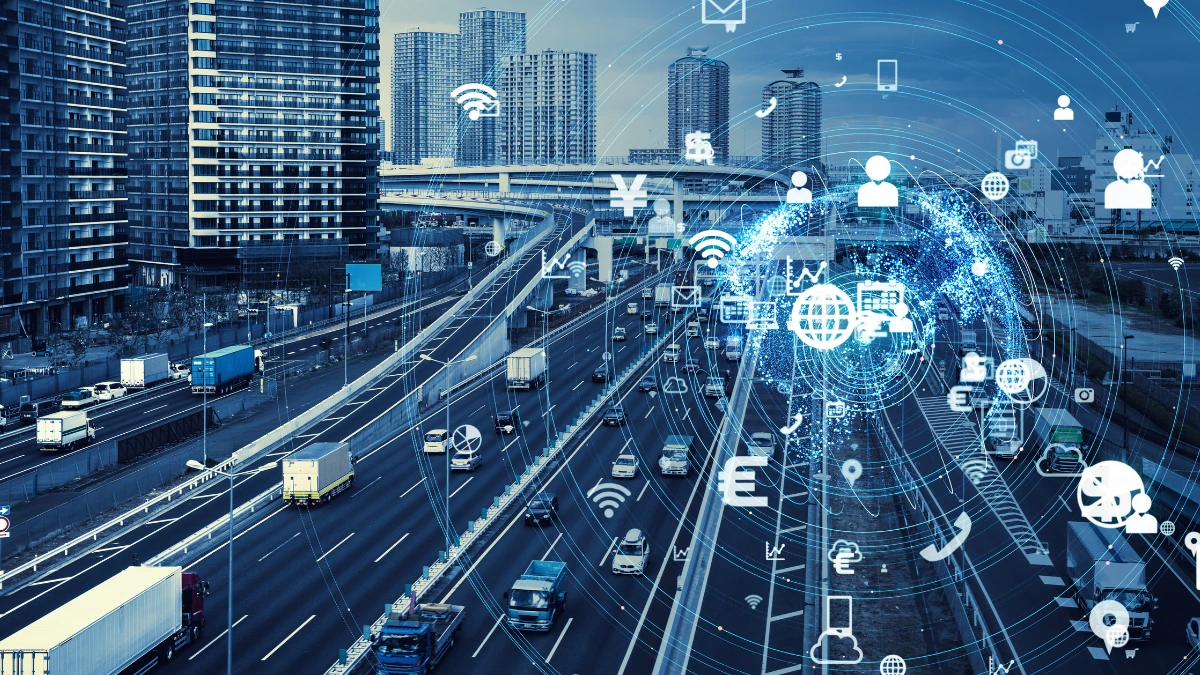Vehicle-to-Everything (V2X) Communication is an advanced feature that represents technological innovation in the field of transportation in support of the increasingly developing digital era.
You may be surprised by the capabilities of V2X Communication, which enables vehicles to communicate with various entities around them and provide information about potential hazards, such as sudden braking or accidents within a radius of hundreds of meters ahead.
Are you familiar with V2X Communication? This article will provide a deeper understanding of this system, starting from its definition, how it works, types, its benefits, and its regulations in Indonesia.
What is V2X Communication?

Vehicle-to-Everything (V2X) Communication is a smart system that supports Intelligent Transportation Systems (ITS) in realizing transportation digitalization.
This communication system enables vehicles to exchange information with various elements around them, including other vehicles (V2V), pedestrians (V2P), road infrastructure (V2I), and networks (V2N).
Its capabilities aim to enhance road safety, reduce accidents, make traffic systems more efficient, and increase comfort for all road users.
How Does V2X Communication Work?

Vehicle-to-Everything (V2X) Communication works through radio signals with a specific frequency over short distances using the 5.9 GHz band.
This system uses various sensors (cameras, radar, LiDAR, etc.) to collect data related to position, speed, direction, and road conditions in the surrounding area.
The data is then processed by the vehicle system to identify potential hazards in the vicinity. The data will be shared via a connection to other vehicles, infrastructure, and pedestrians.
Based on this information, the vehicle can take appropriate actions, such as alerting the driver or adjusting speed.
The Application of V2X Communication
With many benefits provided by V2X Communication, this tool is applied for Vehicle-to-Vehicle (V2V), Vehicle-to-Infrastructure (V2I), Vehicle-to-Pedestrian (V2P), and Vehicle-to-Network (V2N). The following are the applications of the communication scope:
- Vehicle-to-Vehicle (V2V): Vehicles can communicate with each other to share information such as position, speed, accident information, or unsafe lane changes.
- Vehicle-to-Infrastructure (V2I): Vehicles can communicate with elements of the traffic management system infrastructure to obtain real-time information about road conditions and hazard warnings.
- Vehicle-to-Pedestrian (V2P): Vehicles can communicate with pedestrians or cyclists, warning them of potential hazards.
- Vehicle-to-Network (V2N): Vehicles can communicate with networks to obtain information such as weather, road conditions, and traffic updates.
The Benefits of V2X Communication

Vehicle-to-Everything (V2X) Communication provides many benefits, especially to improve driving comfort, traffic efficiency, and even improve safety. Here are some of the main benefits:
1. Improving driving comfort One of the benefits of V2X is improving driving comfort. With this device, drivers will receive information about road conditions, available parking spaces, and other services. This certainly improves driving comfort.
2. Traffic efficiency Traffic efficiency is another advantage of V2X. By sharing information about road conditions and traffic congestion, V2X can help optimize traffic flow and reduce congestion.
3. Development of autonomous vehicles This device is an important component in the development of autonomous vehicles, enabling vehicles to interact with their surroundings and make smarter decisions.
4. Improving safety Another advantage of V2X is improved safety. By providing early warnings of potential hazards and helping drivers avoid dangerous situations, the risk of accidents can be reduced.
V2X Communication Regulation in Indonesia

The Vehicle-to-Everything (V2X) Communication uses technologies such as Short Range Devices (SRD) that operate within a specific frequency spectrum. In Indonesia, any SRD-based wireless device is required to have a DJID (Directorate General of Digital Infrastructure) under the Ministry of Communication and Digital (KOMDIGI).
V2X Communication regulation is based on KEPMEN No. 260 Tahun 2024 for SRD, which requires all radio frequency-based devices to meet specific technical standards before being sold in the country.
The DJID certification ensures that the product meets government safety and quality regulations and does not interfere with other communication devices. The certification process involves technical testing, such as frequency adjustments, safety checks, and compatibility with the surrounding environment.
Once the tests are completed, products that pass are listed in a Test Result Report, which confirms that the product is safe and meets the requirements for sale in Indonesia. This report reassures customers that the product meets technical standards and is secure.
For companies wanting to sell V2X Communication in Indonesia, Type Approval Certification Services for ICT Products are available to assist with this process. This service includes preparing technical and legal documents, conducting required testing, ensuring compliance with regulations, helping companies streamline the certification process, and giving consumers confidence in certified products.